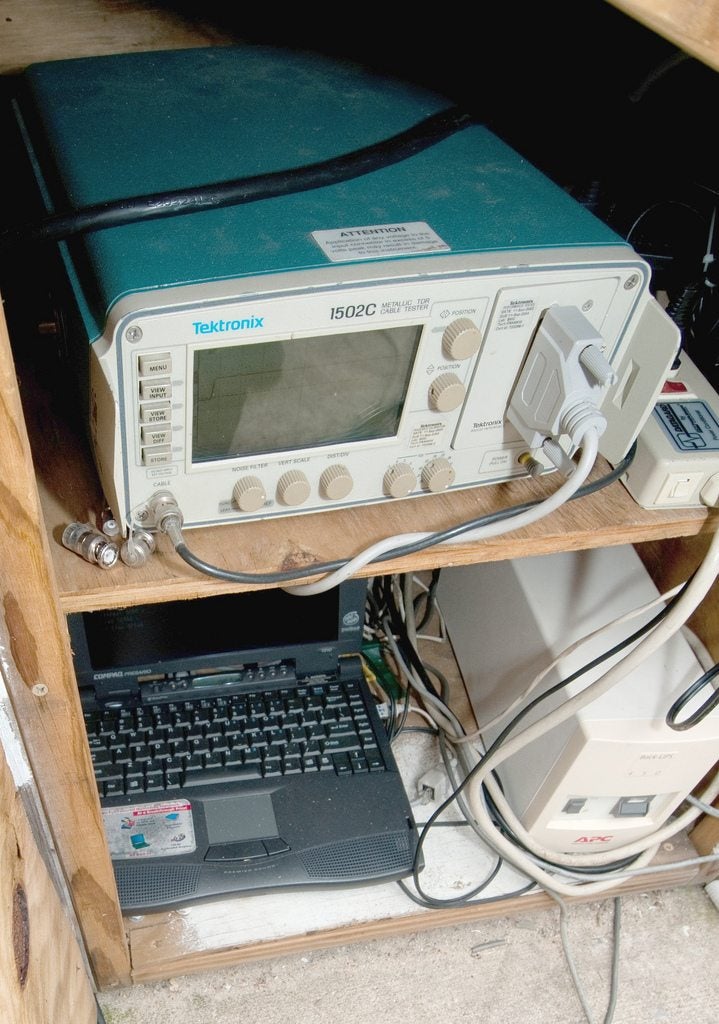What is Time Domain Reflectometry?
Time domain reflectometry, or TDR, uses an electromagnetic frequency to measure how much water is present in the soil. Most often, TDR meters are used by large scale or commercial growers. The meter consists of two long metal probes, which are inserted directly into the soil. Once in the soil, a voltage pulse travels down the rods and returns to the sensor which analyzes the data. The length of time needed for the pulse to return to the sensor provides valuable information in relation to the soil moisture content. The amount of moisture present in the soil impacts the speed at which the voltage pulse travels the rods and returns. This calculation, or measure of resistance, is called the permittivity. Dry soils will have a lower permittivity, while that of soils containing more moisture will be much higher.
Using Time Domain Reflectometry Tools
To take a reading, insert the metal rods into the soil. Note that the device will measure the moisture content at a soil depth specific to the length of the rods. Ensure that the rods are in good contact with soil, as air gaps may cause errors.
